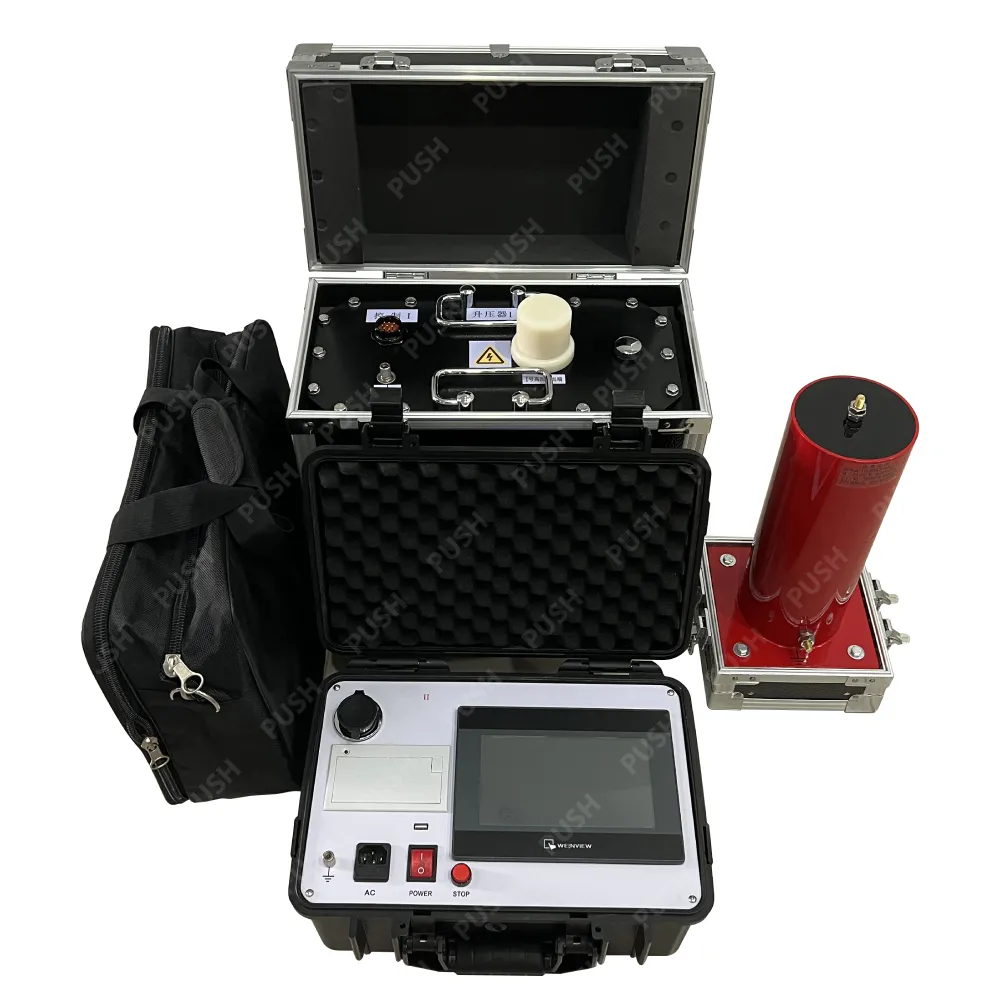 English
English


transformer testing before commissioning
Transformer Testing Before Commissioning
Transformers play a pivotal role in the electrical power distribution system, making their reliability crucial to the overall stability of power supply. Prior to commissioning, thorough testing of transformers is essential to ensure their operational efficiency, safety, and longevity. This article explores the various testing procedures that are conducted before a transformer is commissioned, emphasizing their importance in maintaining a robust electrical infrastructure.
Importance of Transformer Testing
After manufacturing, transformers may undergo various stresses that can compromise their integrity. These stresses include transportation accidents, environmental factors, and manufacturing defects. Testing helps identify any potential issues before the transformer is put into service, thus preventing operational failures that could lead to costly downtimes or even catastrophic failures.
Types of Testing Procedures
A comprehensive testing regimen typically includes several key procedures
1. Visual Inspection Before any electrical testing, a thorough visual inspection is conducted to identify any physical damage or anomalies in the transformer and its components. This includes checking for signs of oil leaks, structural integrity, and proper labeling of connections.
2. Insulation Resistance Testing This test measures the resistance of the insulation between winding and ground, as well as between the different windings. A low insulation resistance might indicate moisture ingress or other insulation degradation, which requires immediate attention.
transformer testing before commissioning

3. Transformer Turns Ratio (TTR) Testing Accurate turns ratio is essential for the proper functioning of a transformer. TTR testing involves measuring the voltage ratios of the windings to ensure they meet the specifications set by the manufacturer and that the transformer is functioning correctly within its designed voltage range.
4. Power Factor Testing This test assesses the dielectric dissipation factor of the insulation system. A high power factor can indicate insulation deterioration, which may necessitate maintenance or replacement before commissioning.
5. Sweep Frequency Response Analysis (SFRA) This diagnostic technique measures the mechanical integrity of the transformer by analyzing the frequency response of the windings. It helps in detecting internal defects, such as shorted turns or winding movement, that could lead to functional failures.
6. Thermal Imaging Thermal imaging scans can identify hot spots that may indicate electrical faults or poor connections. This non-intrusive method allows for early detection of potential issues that could escalate into more significant problems.
7. Induced Voltage Test This confirms insulation integrity by applying a voltage higher than the rated operational voltage to check for breakdown or tracking in the insulation system.
Conclusion
In conclusion, transformer testing before commissioning is a critical step in ensuring the reliability and safety of electrical power systems. By conducting thorough tests, utilities can identify and rectify any issues, thereby reducing the risk of unexpected failures. Implementing a robust testing regimen not only safeguards investments but also enhances the overall efficiency and longevity of electrical infrastructures. Investing time and resources into transformer testing ultimately contributes to a more reliable and stable energy supply, which is essential for modern society's functioning.
-
Differences between open cup flash point tester and closed cup flash point testerNewsOct.31,2024
-
The Reliable Load Tap ChangerNewsOct.23,2024
-
The Essential Guide to Hipot TestersNewsOct.23,2024
-
The Digital Insulation TesterNewsOct.23,2024
-
The Best Earth Loop Impedance Tester for SaleNewsOct.23,2024
-
Tan Delta Tester--The Essential Tool for Electrical Insulation TestingNewsOct.23,2024





